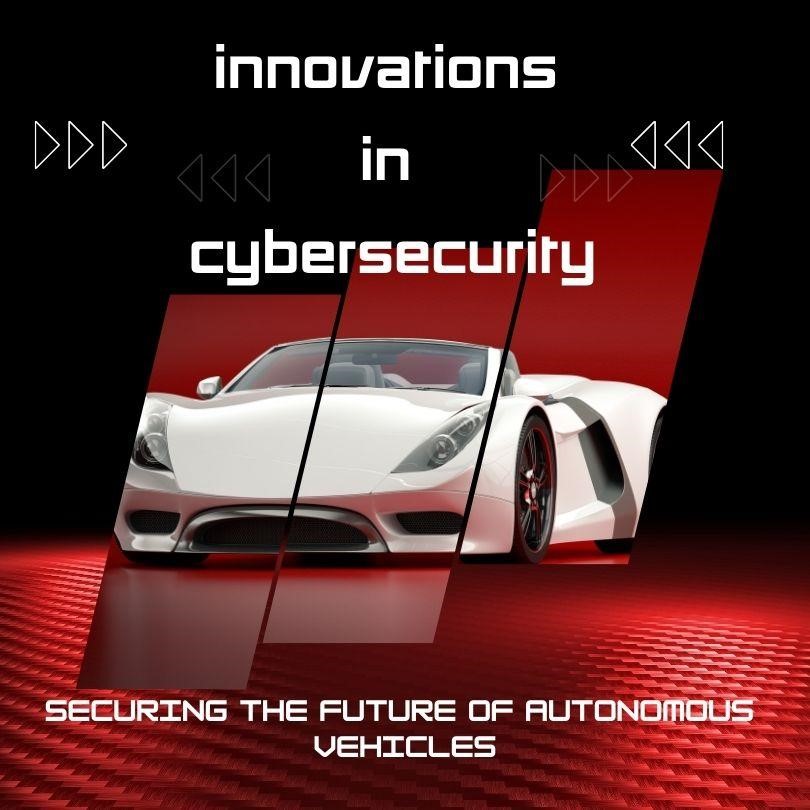In the rush to fully autonomous vehicles, Uday Kumar Manne, a database architecture expert, talks high-availability databases for AVs. He highlights the need for advanced data processing and fault tolerance to keep performance continuous and real-time in complex driving scenarios.
AV Specific Data
Autonomous vehicles need multiple types of data to navigate and make split second decisions. Core sources are sensor data from cameras, radar, LiDAR, GPS, to have awareness of surroundings; vehicle data like speed and system health to keep the vehicle safe; mapping data that integrates real-time sensor inputs for precise navigation; and V2X (vehicle-to-everything) communication to exchange information with other vehicles and infrastructure to have situational awareness in changing environments.
Real-Time Data Challenges in AV Systems
Autonomous vehicles face challenges due to the volume, speed, variety and accuracy of data. Big data generation needs real-time processing to avoid delays. Diverse sensor data needs advanced fusion, storage and retrieval mechanisms. Data accuracy is critical for safety and needs validation to confirm the data used in real-time decisions.
High-Availability Architectures: Active-Active and Active-Passive Configurations
High-availability database systems are essential for AVs to have zero downtime. Common configurations:
- Active-Active Architecture: Multiple nodes run concurrently, with redundancy and instant failover for zero downtime.
- Active-Passive Architecture: One node handles transactions while a backup is standing by; if a failure occurs, traffic switches seamlessly and critical AV operations continue.
Data Replication: Redundancy and Fault Tolerance
Data replication provides fault tolerance by duplicating data across nodes:
- Synchronous Replication: Data is written simultaneously across nodes, for consistency and single view, for safety-critical AV data.
- Asynchronous Replication: Data is written first to primary node and then to others, for performance. Minor inconsistencies may occur, suitable for non-critical data.
Automated Failover and Disaster Recovery
High-availability systems with automated failover will redirect traffic instantly if a server fails, which is critical for AVs where every second counts. This ensures zero downtime and reliability for safe driving. Disaster recovery protocols add another layer of security to recover data quickly during natural disasters or cyber attacks.
Real-Time Data Processing Technologies
Real-time data processing is essential for AVs to make split second decisions. Key technologies:
- Stream Processing Frameworks: Tools like Apache Kafka and Apache Flink to process high-throughput data streams to analyze sensor and telemetry data.
- In-Memory Databases: Technologies like Redis and Memcached for sub-millisecond response time, for storing critical data like sensor readings and vehicle status.
Edge Computing
Edge computing reduces latency by processing data closer to the source which is critical for AVs in areas with limited connectivity. Distributed processing between vehicles and nearby infrastructure allows AVs to make decisions immediately, conserve bandwidth and be reliable in diverse driving scenarios.
AV Database Performance Tuning
AV database performance tuning is all about scalability and latency:
- Horizontal Scaling: Adding nodes spreads the data load and can offload to edge servers when needed.
- Data Partitioning and Indexing: Breaking data into smaller chunks and indexing cached data for fast retrieval so AVs can access critical information in real-time for decision-making.
Future of AV Database Technology
As AV technology evolves, upcoming trends will bring more to the database:
- AI and Machine Learning: AI-driven algorithms will make real-time decisions, optimize route planning and object recognition.
- 5G Connectivity: 5G’s low latency will enable faster AV-to-infrastructure communication, V2X will be more efficient and tasks will be offloaded to nearby servers.
- Security and Privacy: With more data being collected, privacy and cyber security becomes critical. Techniques like differential privacy and federated learning will help balance data usage and privacy in AV databases.
In summary, Uday Kumar Manne emphasizes the need for high-availability database architecture to meet the real-time requirements of autonomous vehicles. These architectures provide redundancy and fault tolerance along with advanced data processing for continuous and reliable performance. As AV technology evolves, AI integration, 5G and security will further improve data management and real-time decision making. All this will lead to safer and more efficient autonomous transportation, a foundation for the future.


